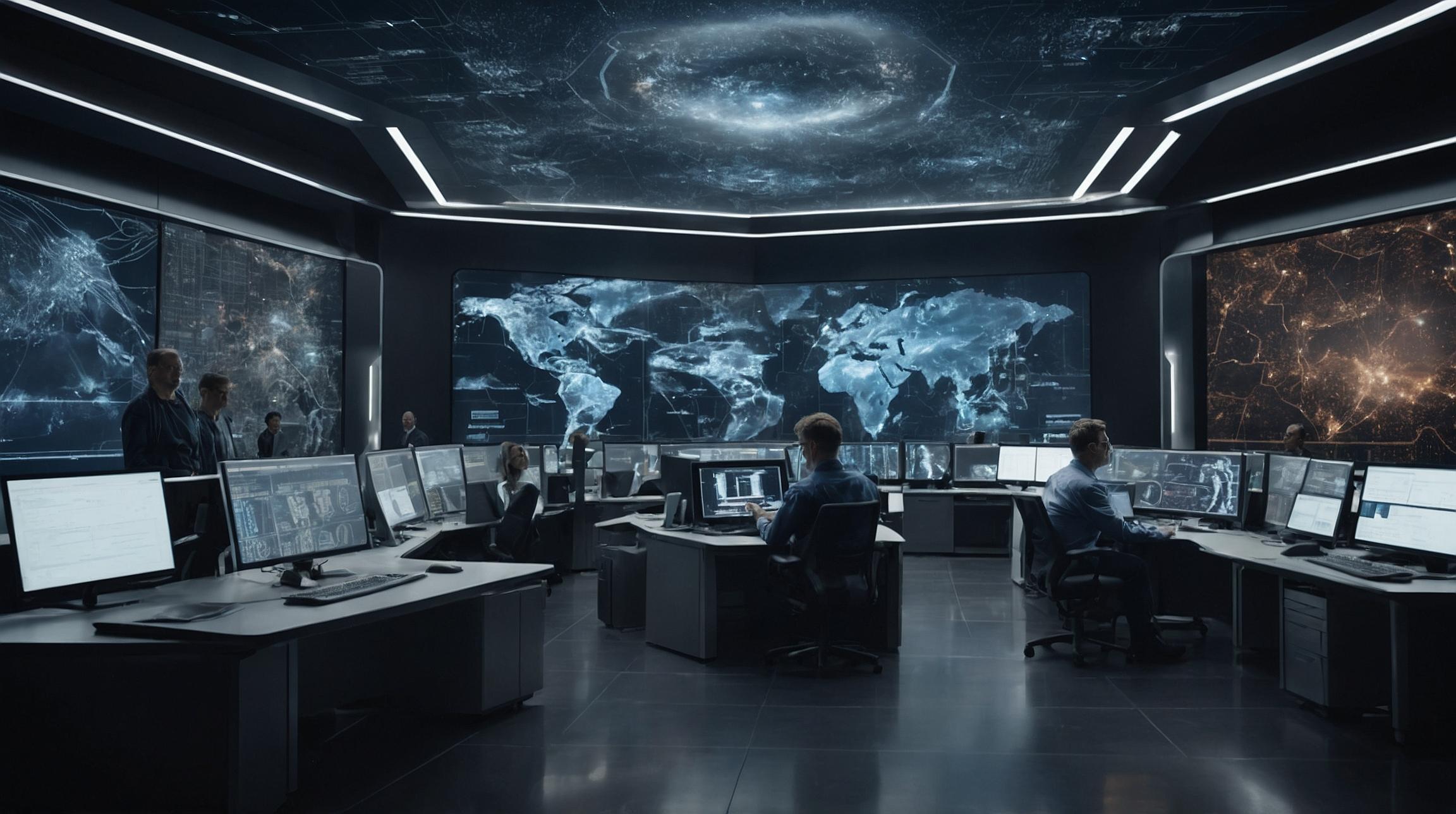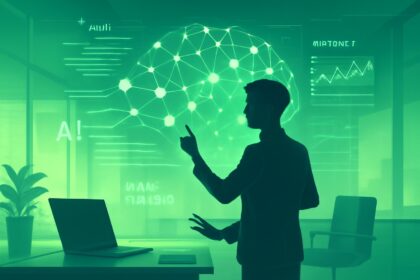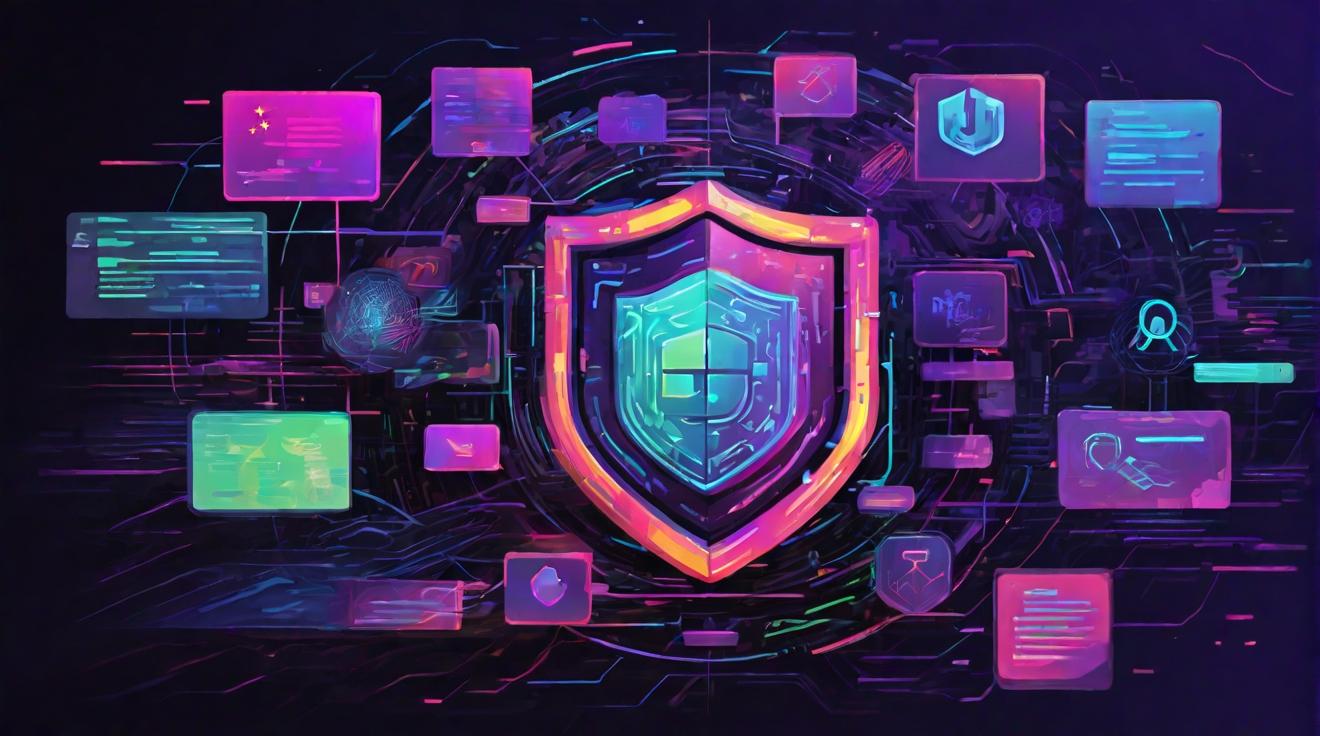The Collision of Legacy Technology and Modernization
In an era where digital transformation is a priority, the Pentagon faces unique challenges in updating its technology infrastructure. Much of the Department of Defense's (DOD) technology is decades old, posing significant hurdles as it seeks to migrate to the cloud and embrace modern digital solutions.
John Hale, Chief of Cloud Services at the Defense Information Systems Agency, highlighted the prevalence of legacy applications within the department. "We have a lot," he emphasized, pointing out that these applications are crucial for daily operations. "Some of these applications still run on mainframes," Hale remarked, indicating that the original developers are no longer available to maintain them.
AI: A Key Player in Code Modernization
To tackle these challenges, the Pentagon is leveraging artificial intelligence (AI). AI tools are employed to modernize old software code, making it more adaptable to current technology trends. "AI gets us 80-85% of the way," Hale noted, with human intervention needed for the final steps. This combination of AI and human expertise is pivotal in transitioning these applications to a cloud-friendly environment.
Beyond Technology: Policy Hurdles
However, the journey to modernization is not only about technology. Policy constraints pose additional challenges. Acquisition policies are outdated, treating IT purchases like weapons systems, which makes it difficult to react swiftly to changing needs. Hale humorously described submitting his budget for 2026, in 2024, including a plan through 2031. This rigidity does not align well with the rapid changes in technology.
"Procurement laws need updating," he stressed, advocating for more agile and flexible acquisition processes. Current policies are rooted in "1945 thought," which is not suitable for today's fast-paced tech environment.
The Impact of Policy on IT Operations
The existing procurement system can create inefficiencies, leading to workaround solutions, or "shadow IT," where employees skirt official channels to achieve their objectives. While these measures can temporarily solve problems, they often introduce security vulnerabilities.
A Call for Change
Hale is actively working with the department's acquisition team to address and amend outdated policies. His efforts underline the need for a balanced approach that combines technological innovation with policy reform to ensure the Pentagon's IT infrastructure meets the demands of the digital age.
By addressing these dual challenges, the Pentagon aims to build a more responsive and secure technology framework that can support its mission effectively.













